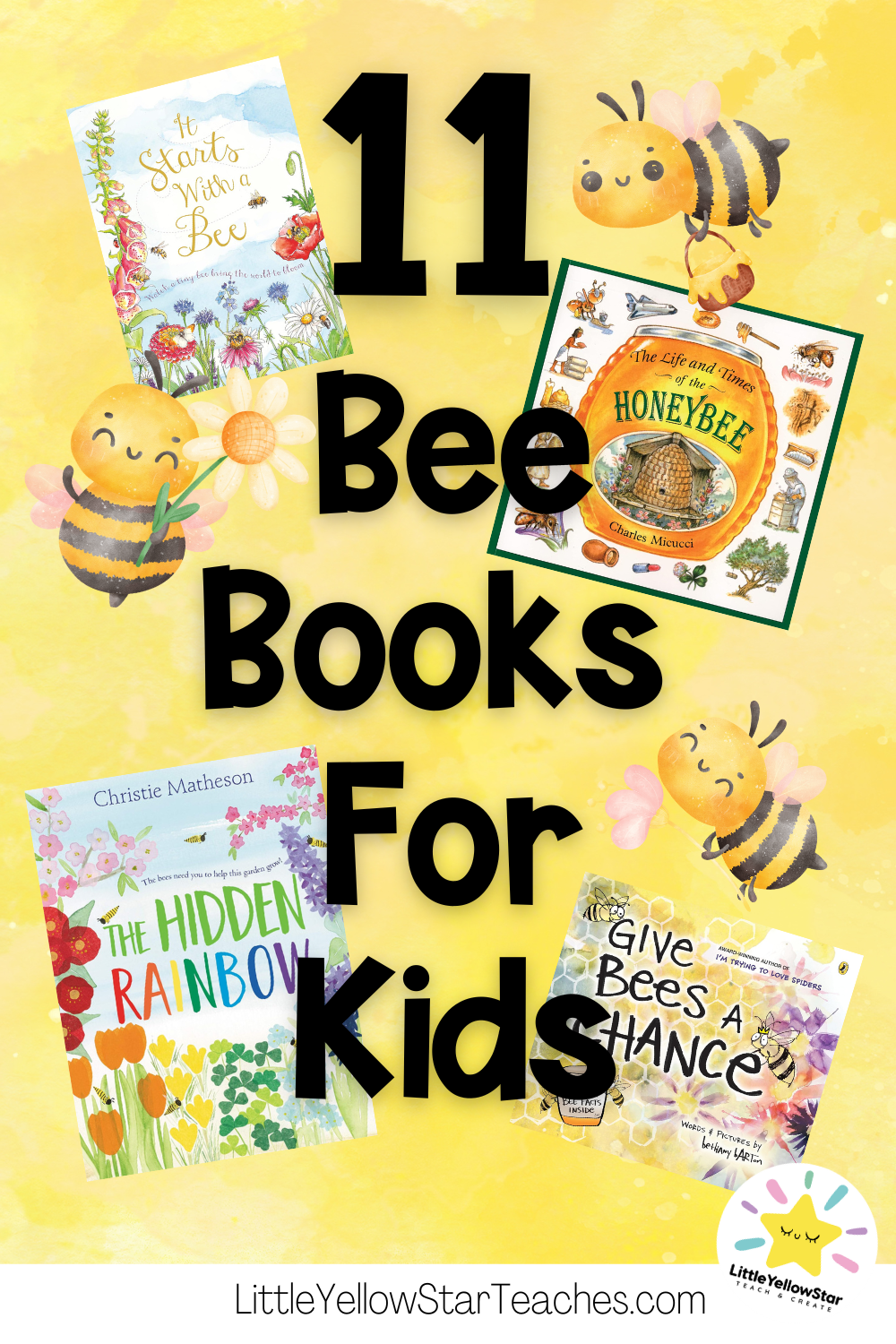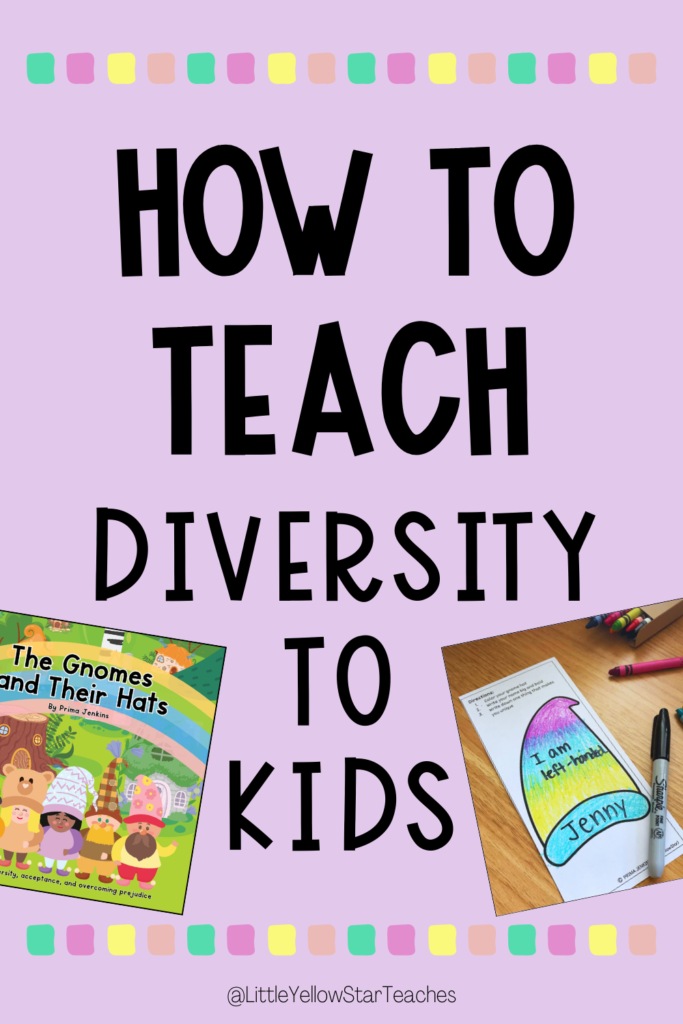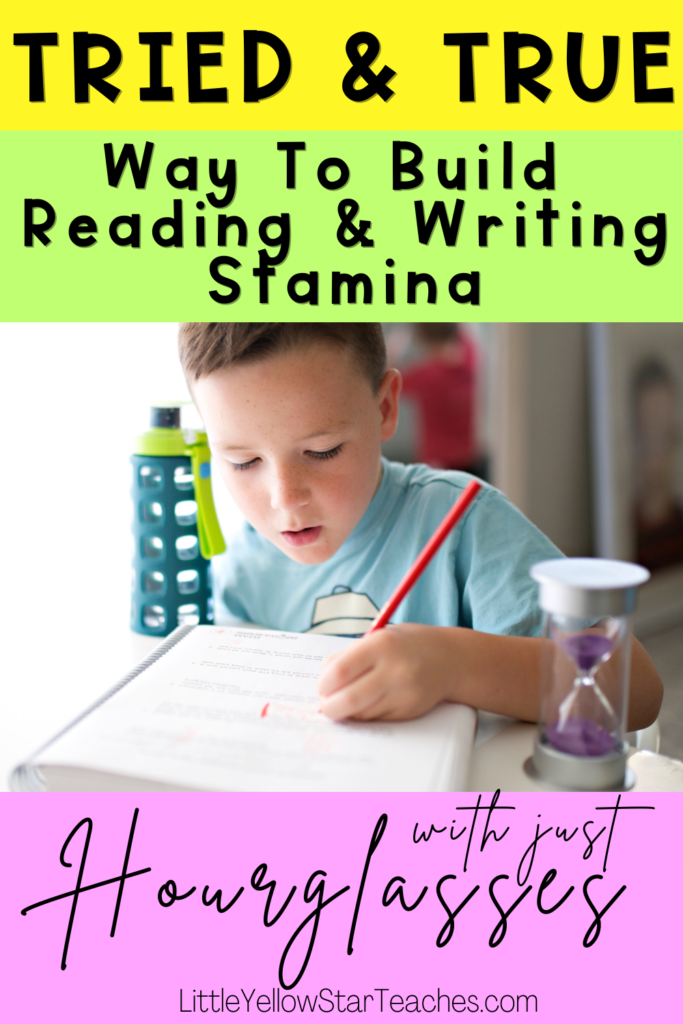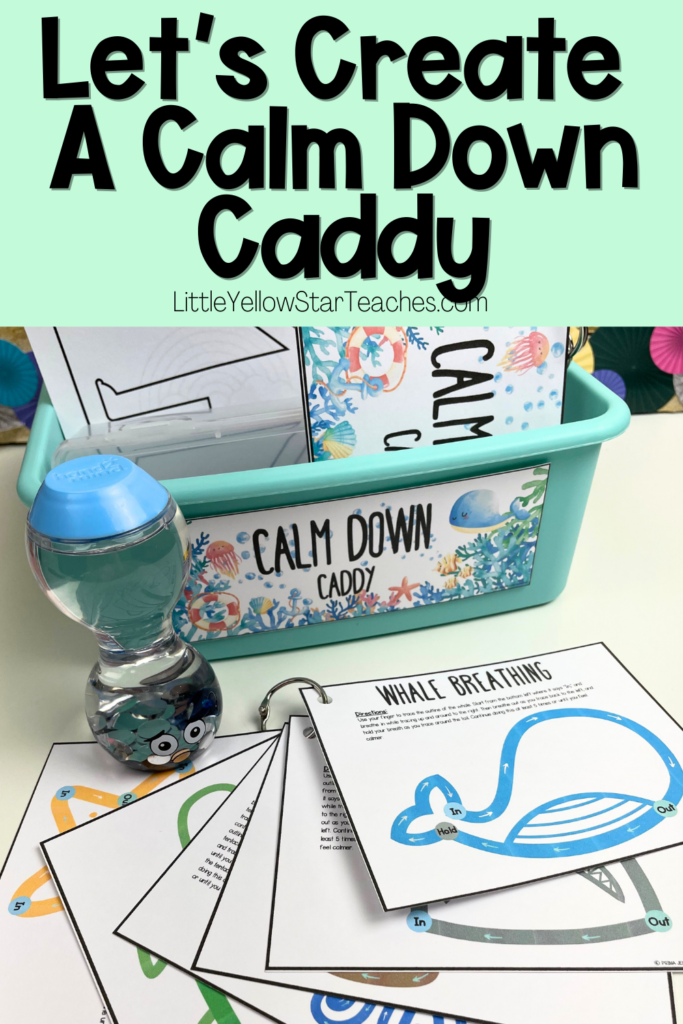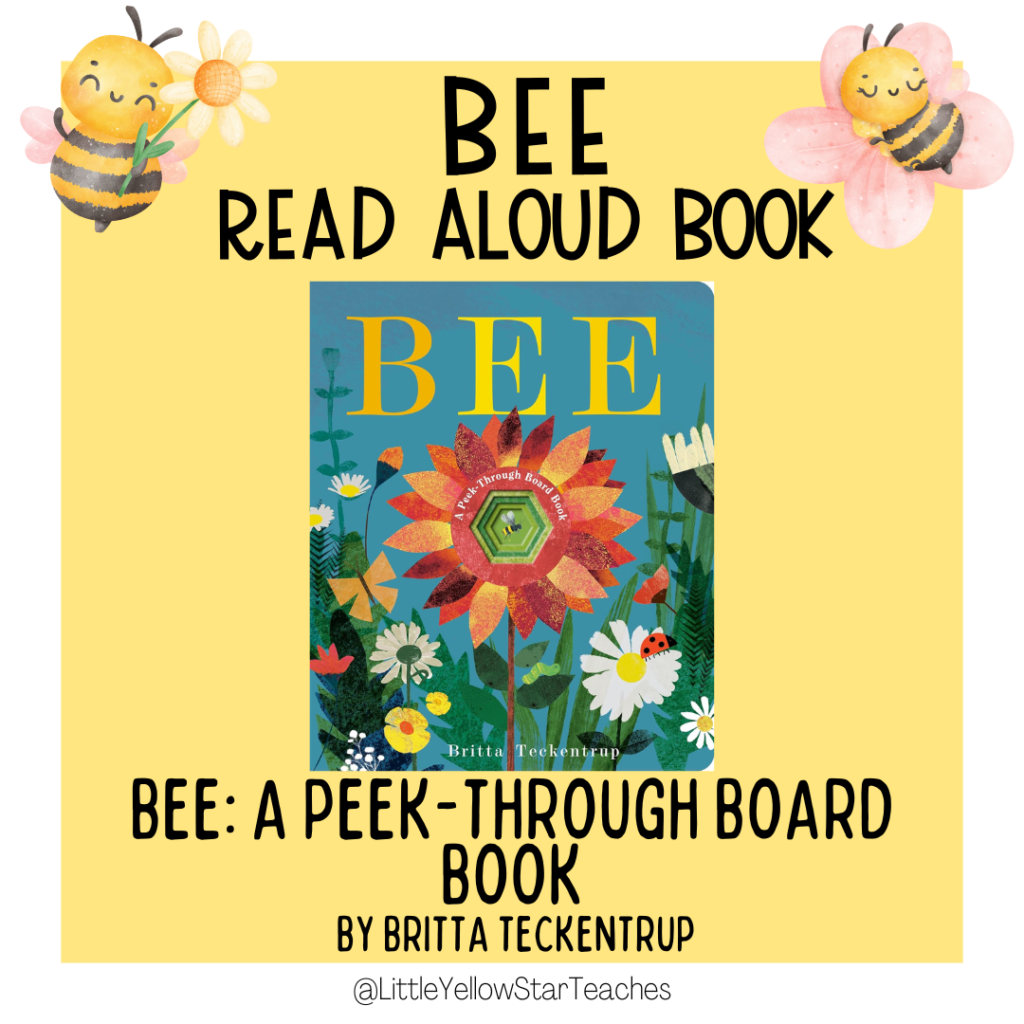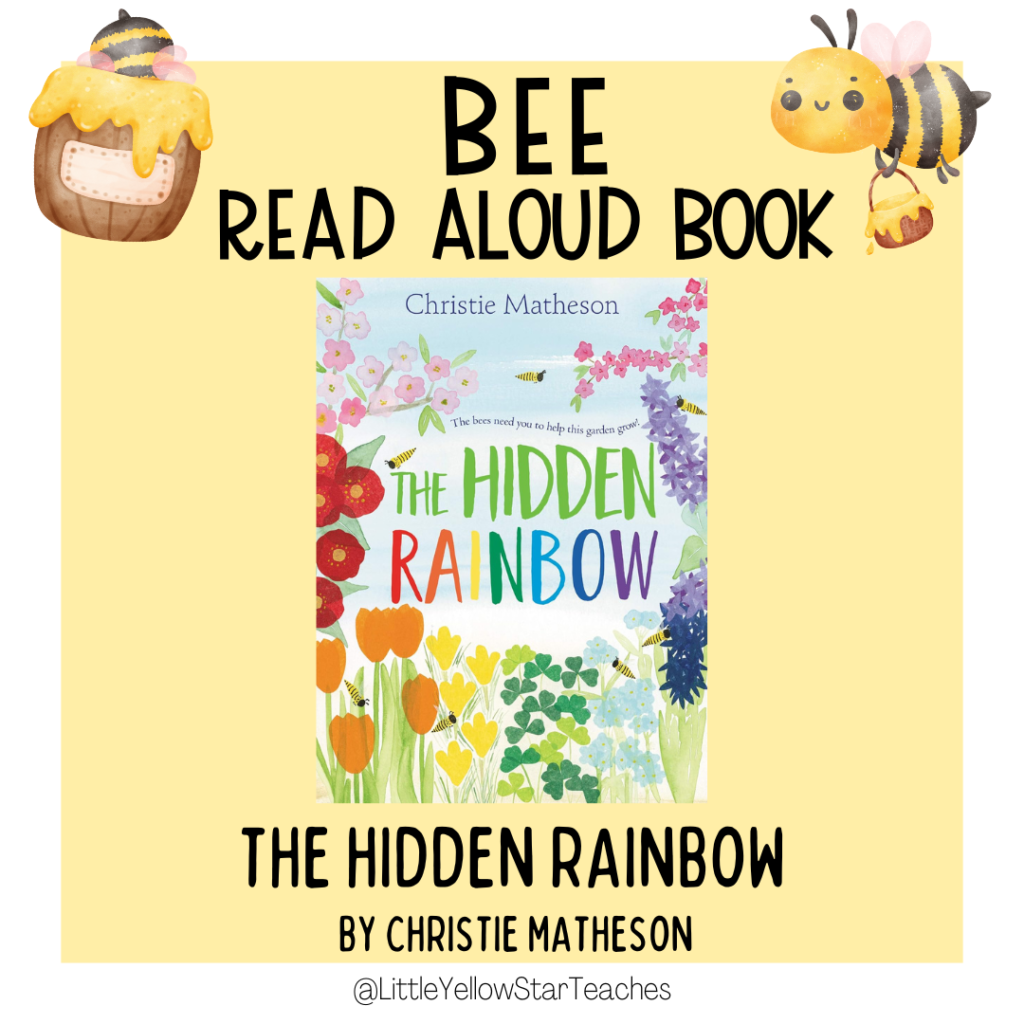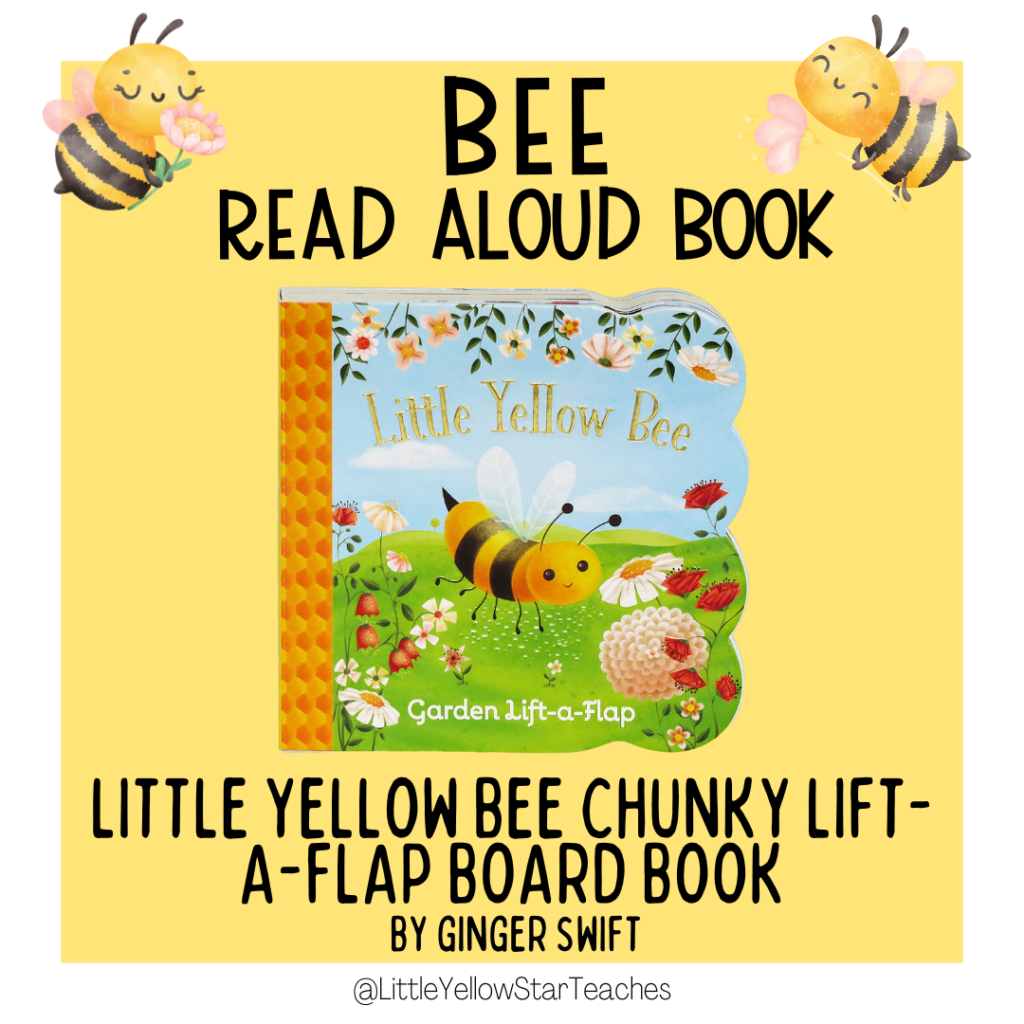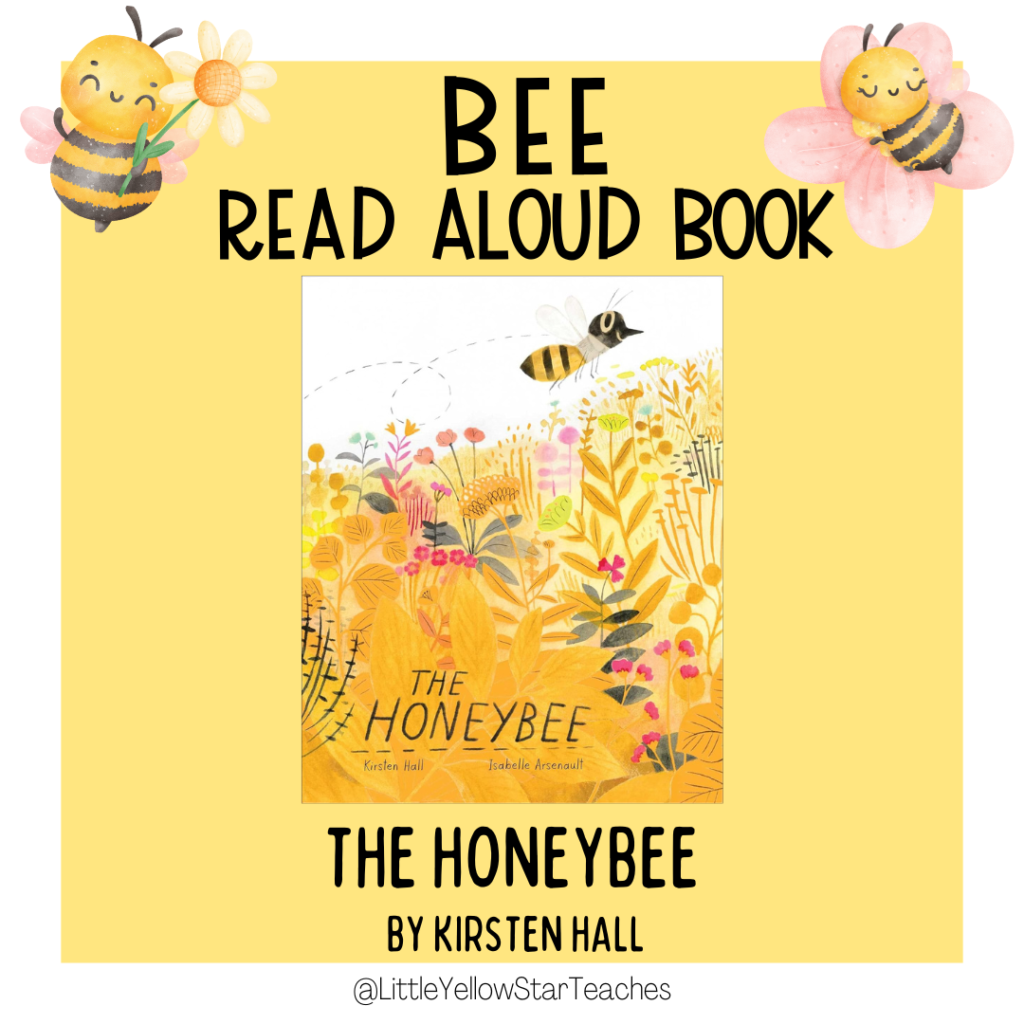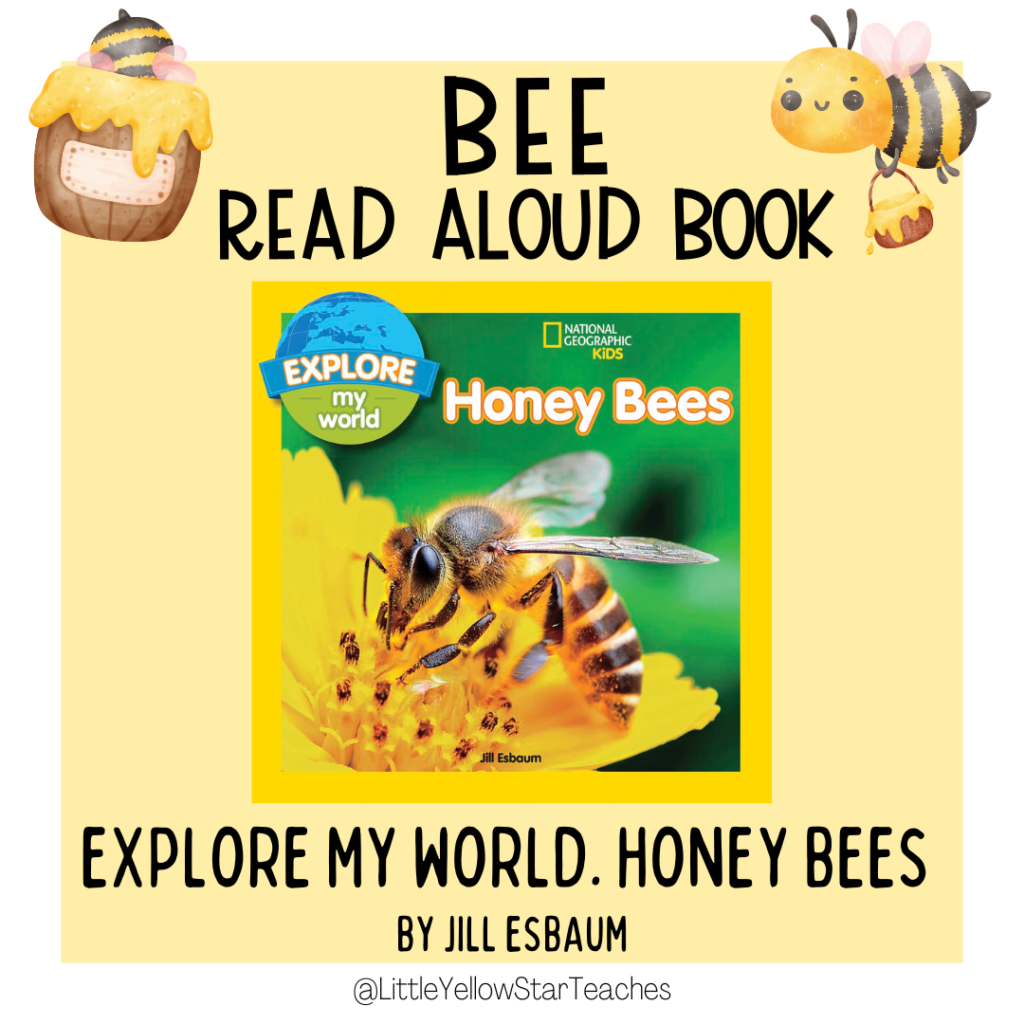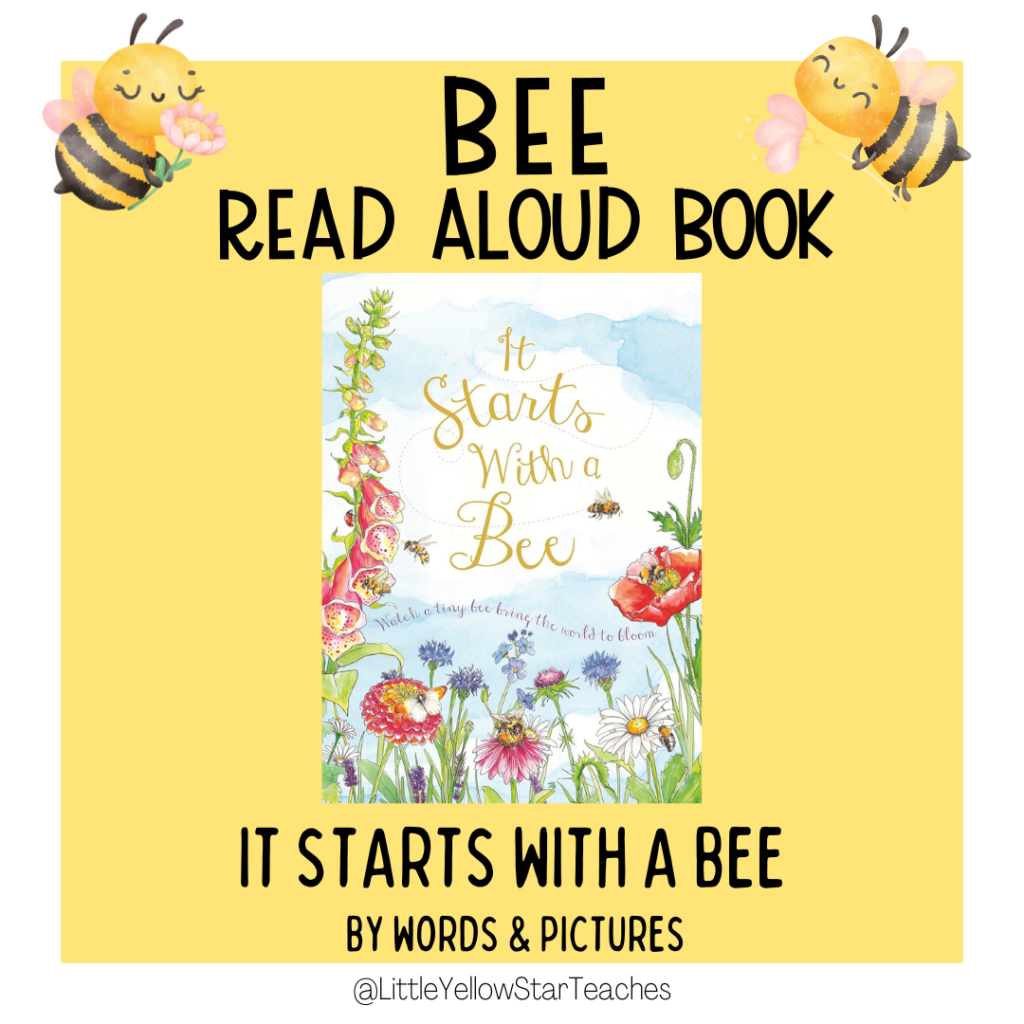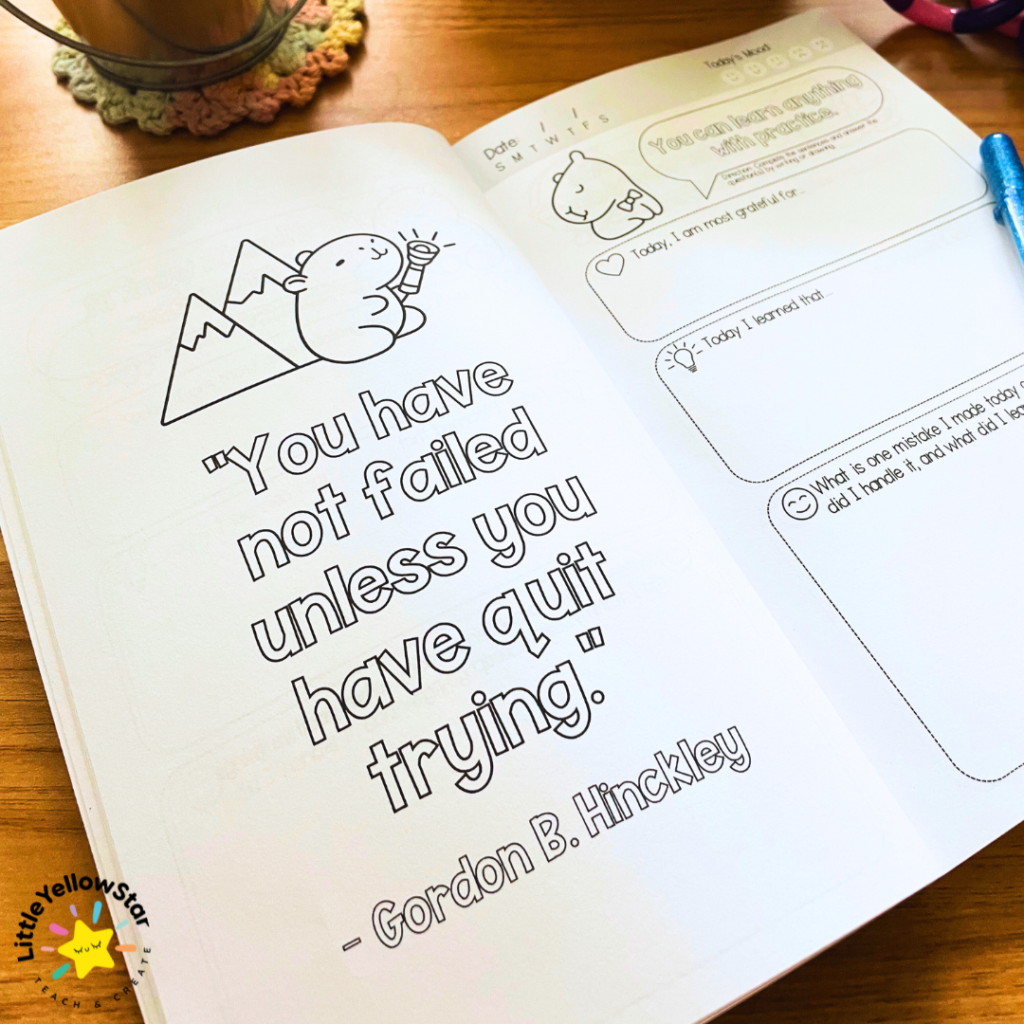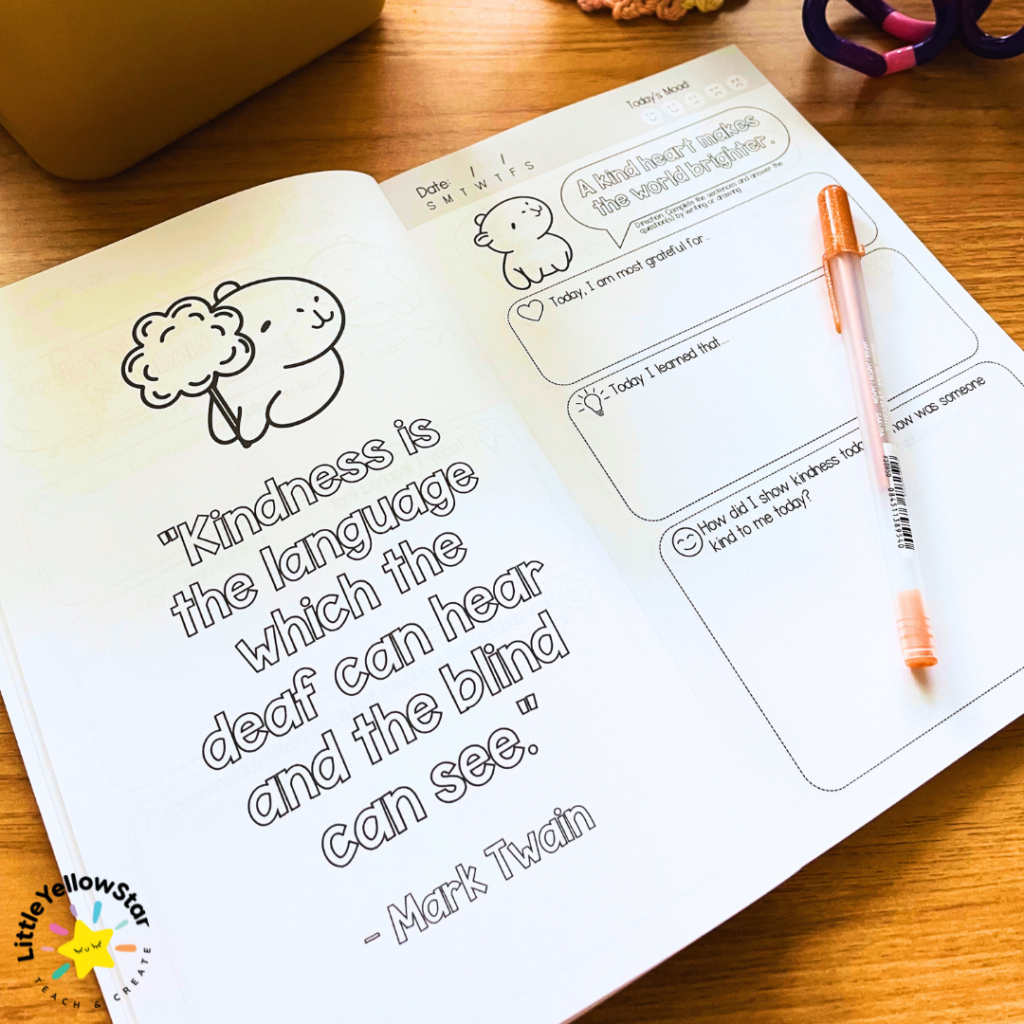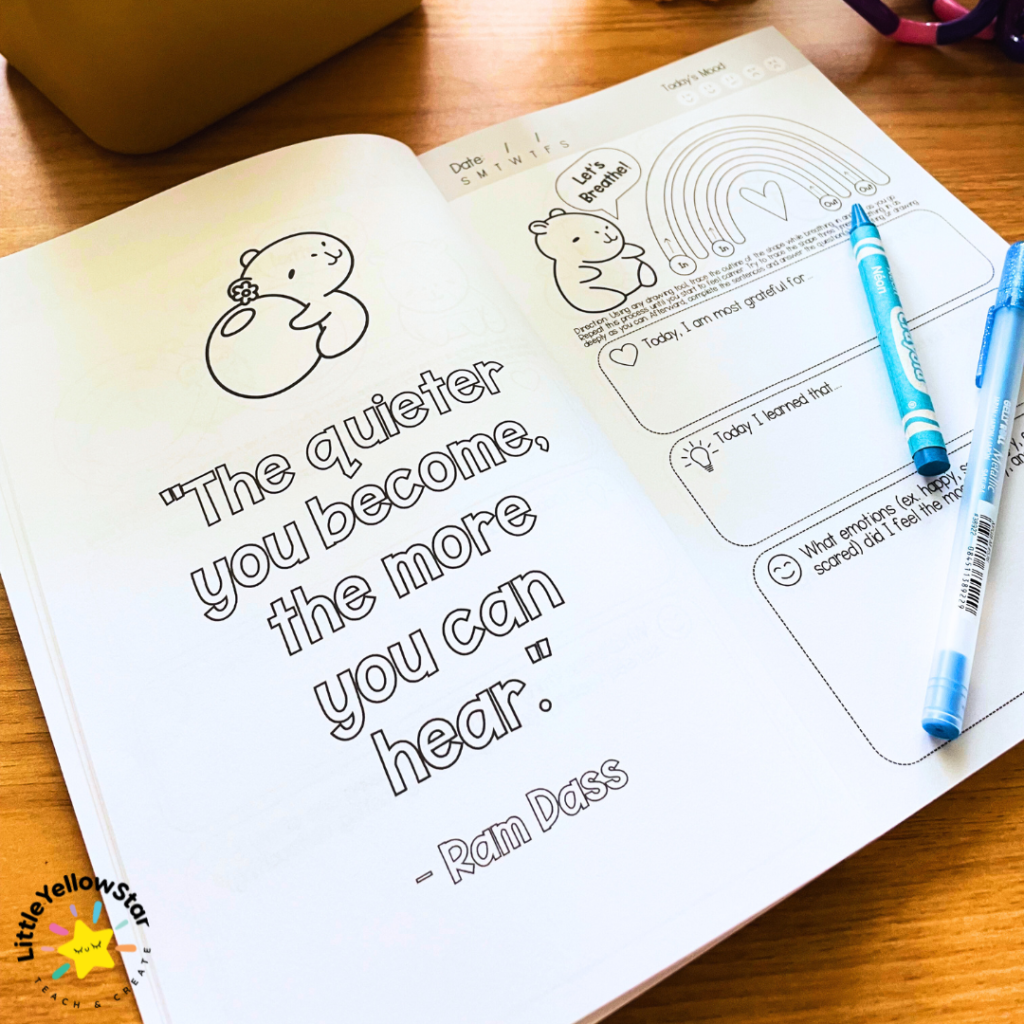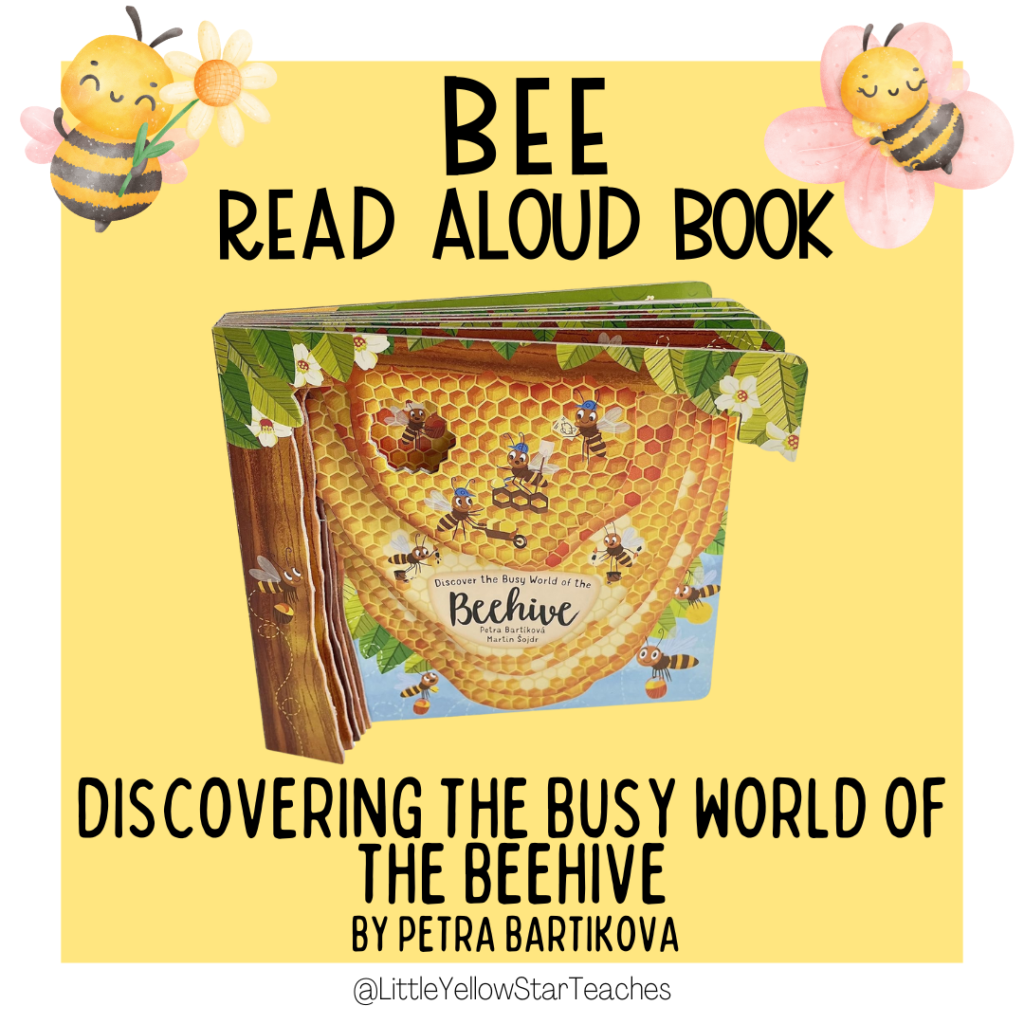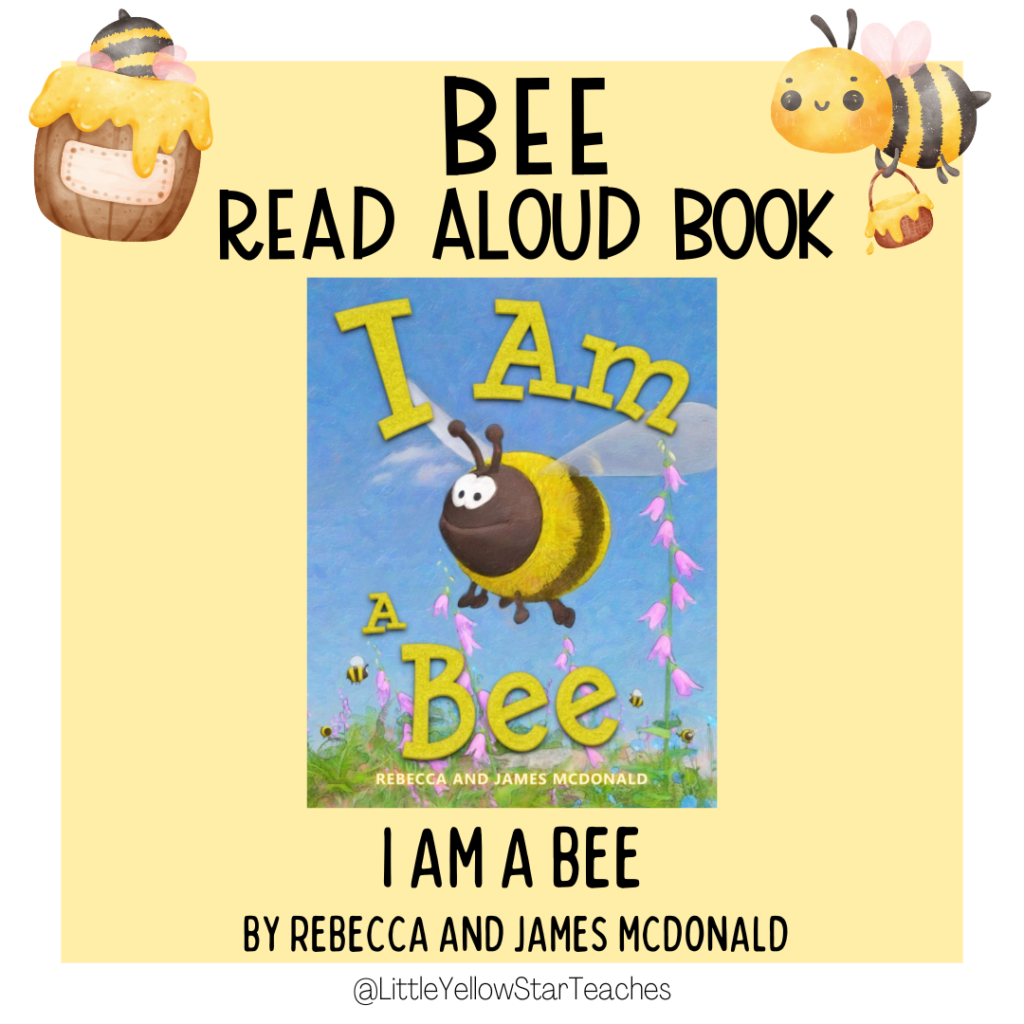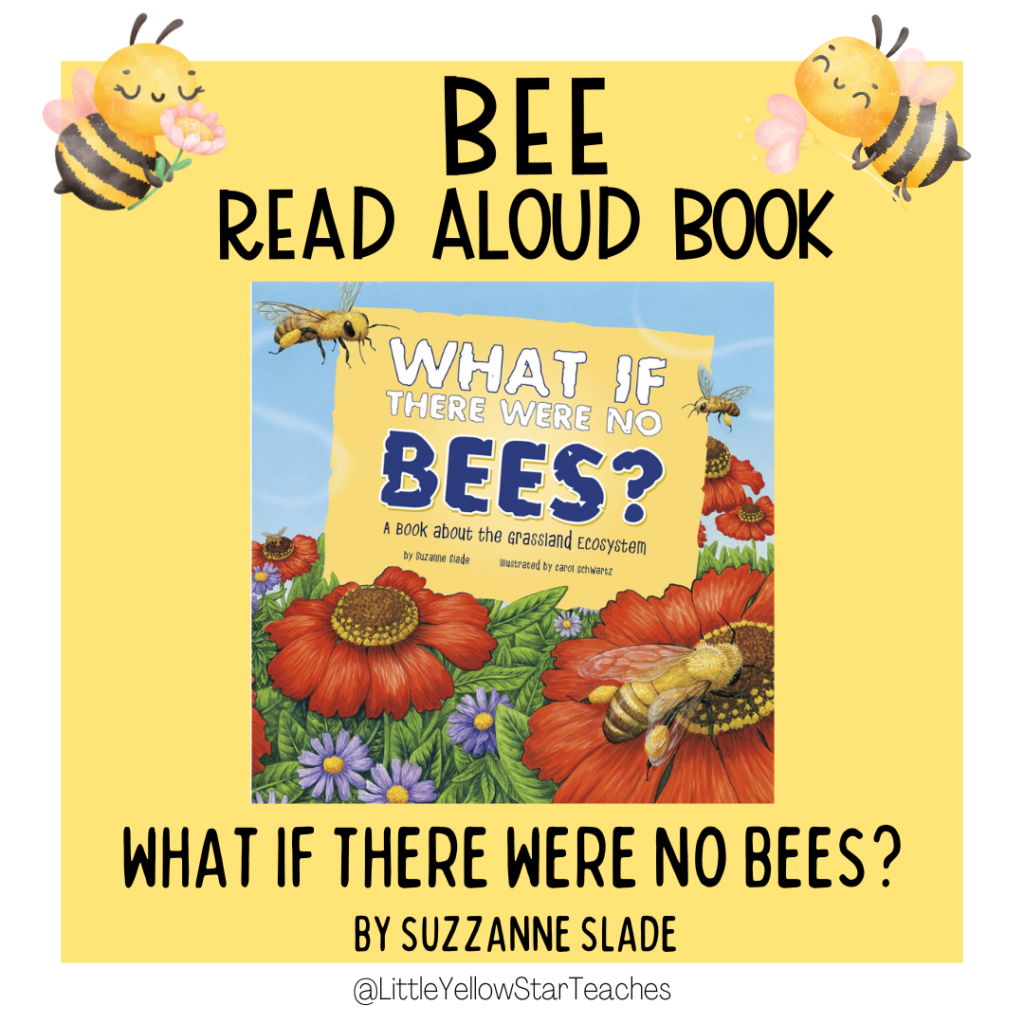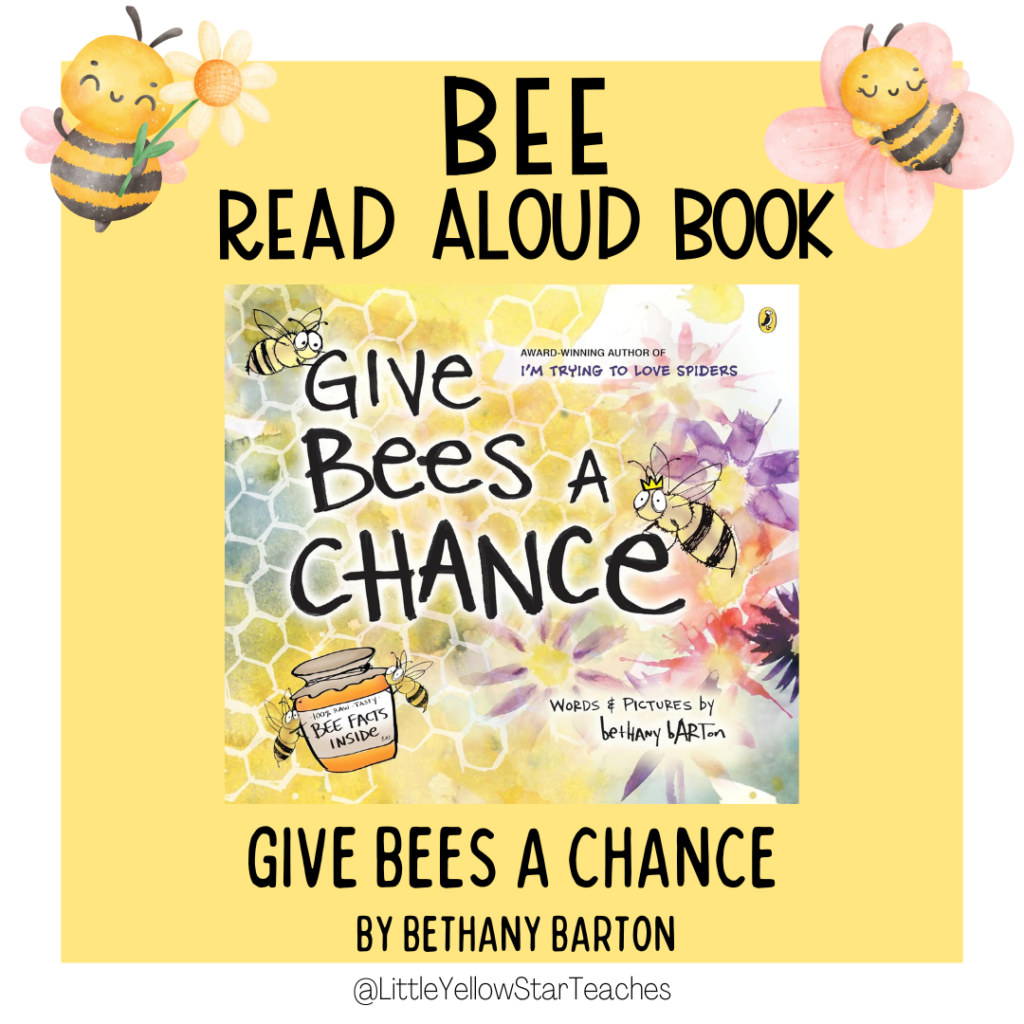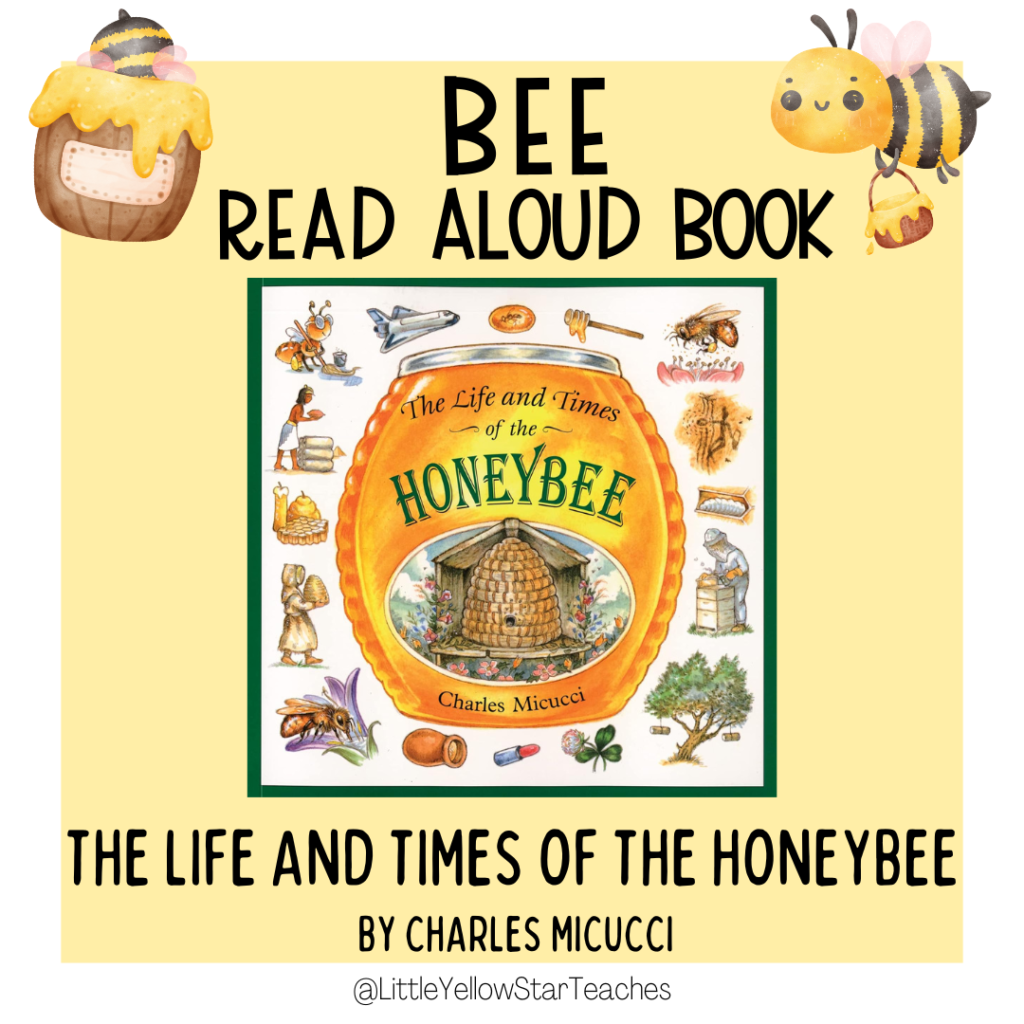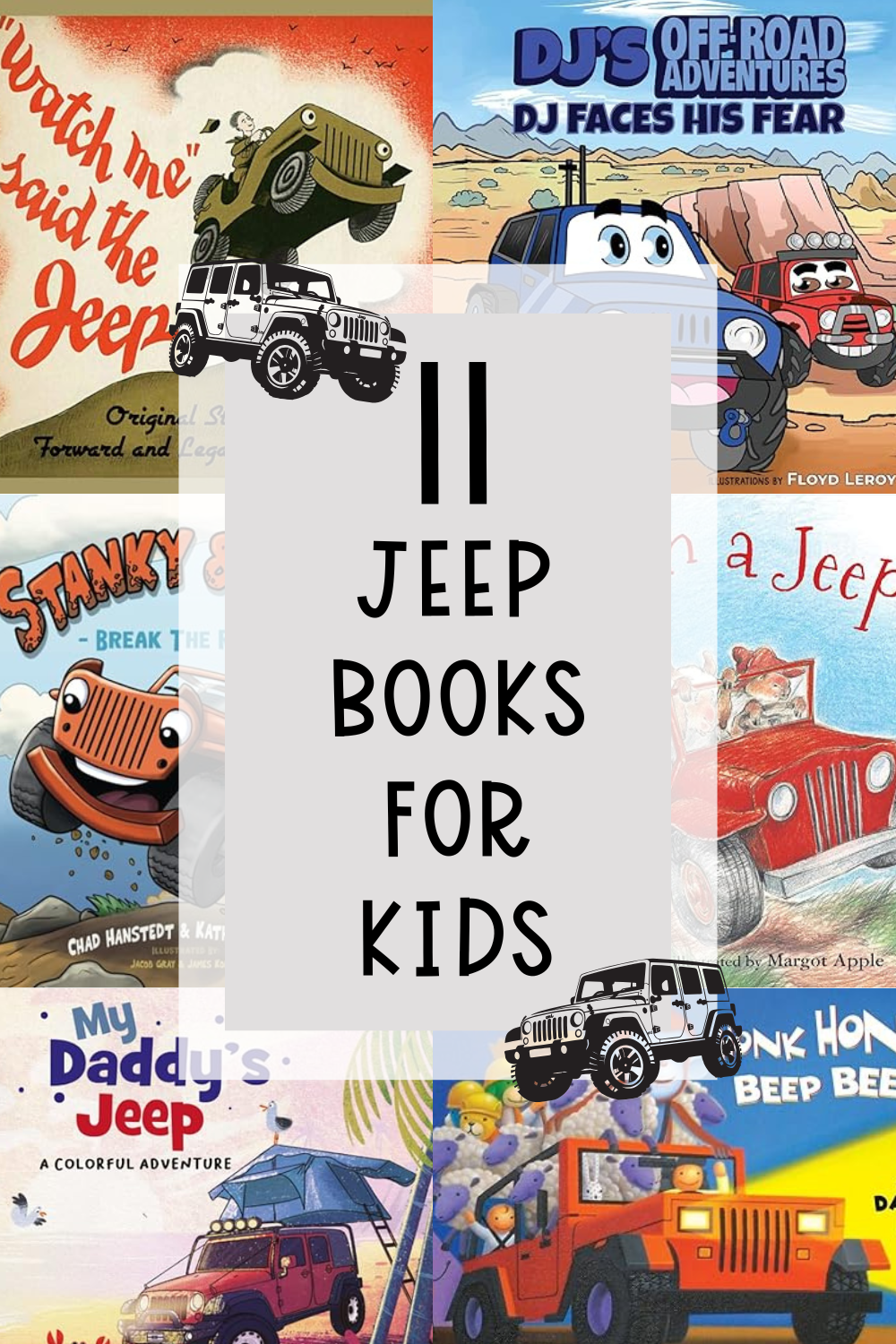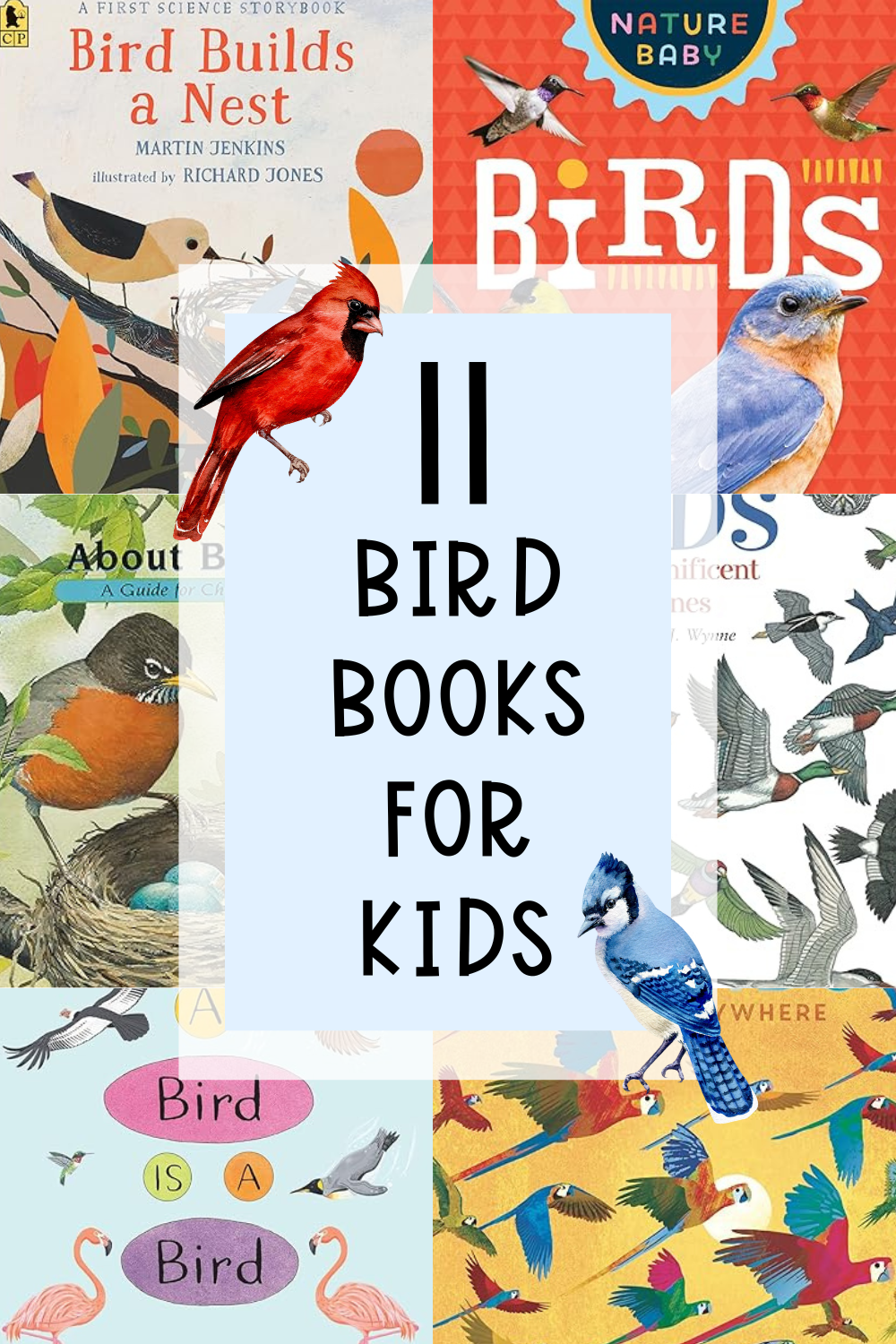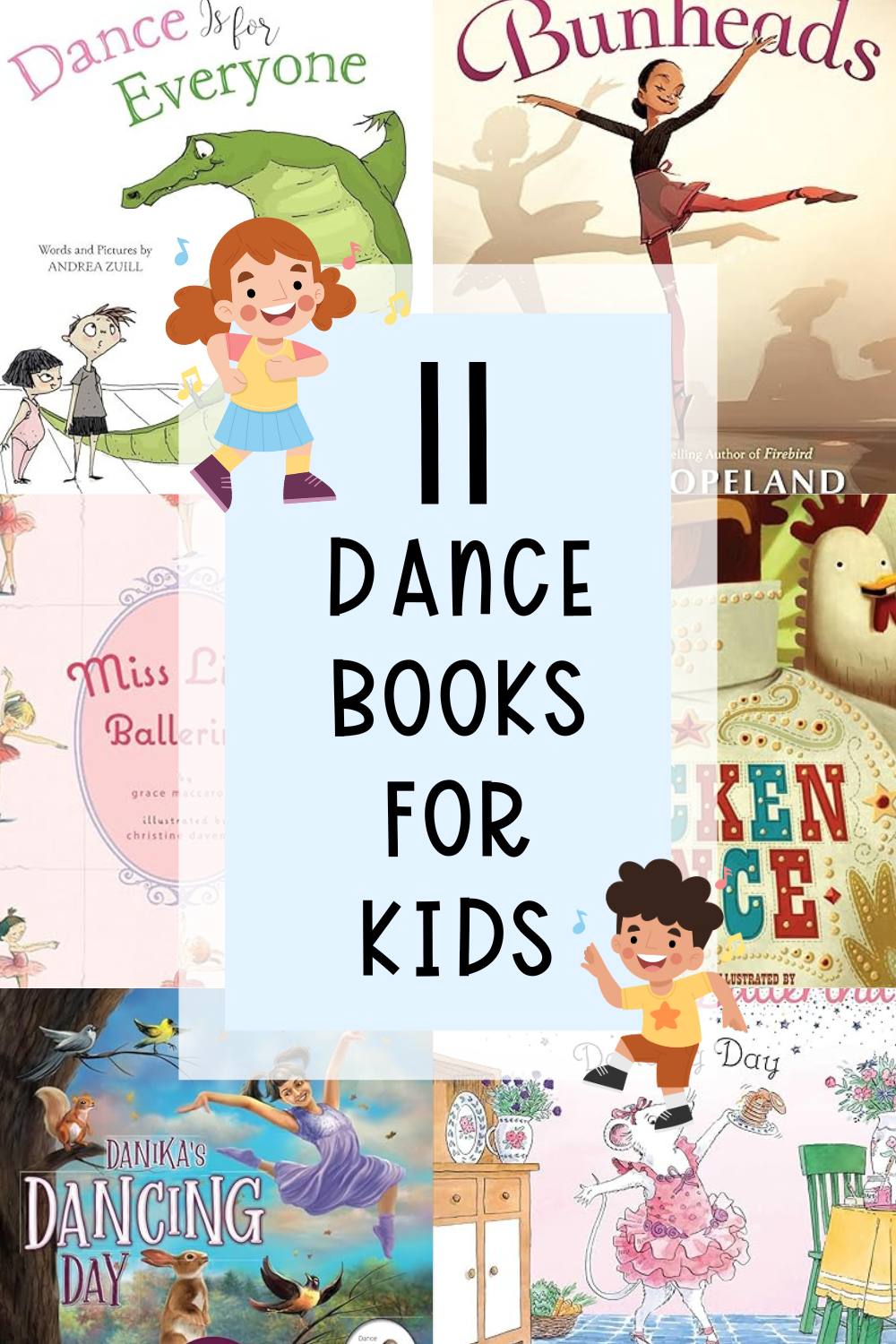***Disclosure: This post contains an Amazon affiliate link that at no additional cost to you, I may earn a small commission when you purchase through the link from my blog. Thank you for your support!
Bees are incredible creatures that play a vital role in our ecosystem, and their fascinating world can captivate children of all ages. This collection of 11 bee books for kids offers a blend of educational content and engaging stories, perfect for nurturing a love of nature and understanding the importance of these tiny pollinators.
From colorful picture books for the youngest readers to more detailed explorations for older children, these books provide insights into the lives of bees and their essential contributions to our environment. So, get ready to explore the buzzing world of bees with your little ones!
Table of Content
- Why Read Books About Bees?
- The Role of Books in Teaching Kids about Bees
- 11 Bee Books For Children
- What Bee Book(s) Are You Going To Read Later?
Why Read Books About Bees?
Bee books are an excellent way to introduce children to the wonders of nature and the critical role bees play in our world. Here’s why these books are essential:
- Fosters Appreciation for Nature:
- Reading about bees helps children develop an appreciation for the natural world and the intricate relationships within ecosystems.
- Educates About Pollination:
- Books about bees can teach children about pollination and how bees contribute to the growth of fruits, vegetables, and flowers, highlighting their importance in our food supply.
- Encourages Environmental Stewardship:
- Learning about the challenges bees face, such as habitat loss and climate change, can inspire children to take action in protecting the environment.
- Combines Fun and Learning:
- Bee books often combine engaging stories with educational content, making learning about these fascinating insects enjoyable for kids.
The Role of Books in Teaching Kids about Bees
Books are instrumental in teaching children about bees, providing a window into their complex and essential roles in our ecosystem. Through reading, children can:
- Learn Scientific Facts:
- Bee books often include fascinating information about bee species, their life cycles, behaviors, and the process of pollination, offering a comprehensive understanding of these insects.
- Develop Empathy for Insects:
- Stories featuring bees as characters can help children see these insects in a new light, fostering empathy and reducing fear or misconceptions.
- Encourage Conservation:
- Books about bees can highlight the importance of conservation efforts, teaching children about the threats bees face and how they can help protect these vital pollinators.
How to Use Books about Bee with Children
- Create a Reading Routine: Set aside a regular time for reading bee books. This could be part of a daily routine, such as bedtime, or a special weekly activity focused on nature and insects.
- Discuss and Reflect: Engage in discussions about the books. Ask questions about what your child has learned, what they found interesting, and how they can help bees in their own backyard.
- Plan Themed Activities: Extend the learning with bee-themed activities. Plant a bee-friendly garden, create bee crafts, or visit a local apiary to see bees in action and learn from beekeepers.
11 Bee Books For Children
Younger Children (Ages 3-6)
#1 “Bee: A Peek-Through Board Book” by Britta Teckentrup
“Bee: A Peek-Through Board Book” by Britta Teckentrup is an engaging and interactive book that follows the journey of a busy bee throughout its day. Featuring clever peek-through holes, the book offers a visually stimulating experience for young readers as they learn about the essential role bees play in pollinating plants and maintaining environmental health. The book’s rhyming text and bright illustrations make it a delightful read for children aged 0-3.
Why Read: The book emphasizes themes of environmental stewardship, the importance of bees in nature, and the beauty of cooperation within the hive. It provides a simple yet profound message about the interconnectedness of all living things and the vital role that even the smallest creatures play in our ecosystem.
- Activity Idea: Create bee crafts using paper, pipe cleaners, and markers. Children can make their own bees and discuss what they learned about bees from the book.
- Questions To Ask:
- What does the bee do during its busy day?
- How do bees help plants grow?
- What do you see through the peek-through holes in the book?
#2 “The Hidden Rainbow” by Christie Matheson
“The Hidden Rainbow” by Christie Matheson is a beautifully illustrated book that uses vibrant watercolor paintings to teach children about colors and the natural world. As bees search for nectar, they reveal a hidden rainbow of flowers. The interactive text invites children to count, identify colors, and engage with the story.
Why Read: The book emphasizes themes of discovery, the beauty of nature, and the importance of bees in pollination. It encourages children to observe and appreciate the variety of colors in the natural world while highlighting the role of bees in maintaining the ecosystem.
- Activity Idea: Organize a color hunt where children look for objects of different colors in their environment, similar to the rainbow of flowers in the book.
- Questions To Ask:
- What colors do the bees find in the garden?
- How do the bees help the flowers in the book?
- What is your favorite color in the hidden rainbow?
#3 “Little Yellow Bee Chunky Lift-a-Flap Board Book” by Ginger Swift
“Little Yellow Bee Chunky Lift-a-Flap Board Book” by Ginger Swift is an interactive book designed for toddlers. It features sturdy flaps that children can lift to discover different garden creatures, including the little yellow bee. The simple text and charming illustrations make it an engaging introduction to nature and garden animals.
Why Read: The book promotes early learning and curiosity about nature. By lifting flaps and discovering various garden creatures, children learn about different insects and animals, enhancing their observation and fine motor skills.
- Activity Idea: Take children outside to explore a garden or park, encouraging them to look for insects and animals similar to those in the book.
- Questions To Ask:
- What animals do you find under the flaps in the book?
- How does the little yellow bee help the garden?
- What is your favorite insect in the book?
Lower Elementary Children (Ages 7-9)
#4 “The Honeybee” by Kirsten Hall
“The Honeybee” by Kirsten Hall, illustrated by Isabelle Arsenault, is a beautifully illustrated picture book that follows the journey of a honeybee as it collects nectar and interacts with other insects and animals. The book is written in rhyming verse, making it a delightful read-aloud for young children. It also touches on important themes such as the environmental challenges that honeybees face, including pesticides and habitat loss.
Why Read: The book highlights the crucial role of honeybees in our ecosystem, emphasizing their importance in pollination and honey production. It also raises awareness about the threats to honeybee populations and the need for conservation efforts. The engaging text and vibrant illustrations work together to foster a sense of wonder and admiration for these hardworking insects.
- Activity Idea: Plant flowers that attract bees in a garden or pots. This hands-on activity teaches children about the importance of bees and encourages them to observe bees in their natural environment.
- Questions To Ask:
- What does the honeybee do during its day?
- How do bees help plants grow and produce fruit?
- What challenges do honeybees face in the environment?
#5 “Explore My World: Honey Bees” by Jill Esbaum
“Explore My World: Honey Bees” by Jill Esbaum is a National Geographic Kids book that introduces young readers to the fascinating world of honeybees. The book provides detailed information about honeybee behavior, their role in pollination, and the structure of the hive. It is filled with stunning photographs and simple, engaging text that makes learning about honeybees both fun and educational.
Why Read: The book emphasizes the importance of honeybees in the ecosystem and their critical role in food production through pollination. It also highlights the complex social structure of the hive and the cooperative nature of honeybee communities. The educational content is presented in a way that is accessible and captivating for young readers.
- Activity Idea: Create a model of a honeybee hive using cardboard, paper, and other craft materials. This activity helps children understand the structure and function of a hive.
- Questions To Ask:
- What are some jobs that honeybees have in the hive?
- How do honeybees communicate with each other?
- Why is pollination important for plants and humans?
#6 “It Starts with a Bee” by Words & Pictures
“It Starts with a Bee” by Words & Pictures, illustrated by Jennie Webber, is a beautifully crafted picture book that takes readers on a journey through the seasons, following the life and work of a bee. The book uses lyrical text and enchanting illustrations to show how bees pollinate a wild garden, with each season bringing new colors and life. The narrative emphasizes the bee’s crucial role in the ecosystem, highlighting how their work supports the growth of plants and the survival of various creatures.
Why Read: The book explores themes of environmental stewardship, the interconnectedness of nature, and the importance of bees in pollination. It underscores the vital role that bees play in maintaining healthy ecosystems and food production. Through its poetic text and vibrant illustrations, the book fosters a sense of wonder and appreciation for these hardworking insects and their impact on the natural world.
- Activity Idea: Plan and plant a bee-friendly garden with flowers that attract bees. This hands-on project teaches children about the types of plants that support bee populations and the importance of creating habitats for pollinators.
- Questions To Ask:
- What does the bee do in each season, and how does it help the garden?
- How do the illustrations show the changing seasons and the bee’s activities?
- Why are bees important for plants and the environment?
Check Out Capybara-Theme Daily Reflection Journals For Kids!
#7 “Discovering the Busy World of the Beehive” by Petra Bartikova
“Discovering the Busy World of the Beehive” by Petra Bartikova is an informative and visually appealing book that introduces children to the complex and fascinating world of bees. The book explains the various roles within a beehive, the process of honey production, and the importance of bees in pollinating plants.
Why Read: The book emphasizes themes of teamwork, industriousness, and the vital ecological role of bees. It provides detailed insights into the life of a beehive, showcasing how each bee’s role is crucial to the hive’s success and the broader ecosystem. The engaging illustrations and comprehensive information help children understand the intricacies of bee life and the importance of conservation.
- Activity Idea: Conduct a honey tasting session where children can sample different types of honey and learn about the flowers bees visit to produce these varieties.
- Questions To Ask:
- What are the different roles of bees in a hive?
- How do bees make honey, and why is it important?
- What challenges do bees face in their environment?
Upper Elementary Children (Ages 9-11)
#8 “I Am a Bee” by Rebecca and James McDonald
“I Am a Bee” by Rebecca and James McDonald is an educational and engaging picture book that introduces young children to the world of bees. Through simple and informative text paired with vibrant illustrations, the book explains the life cycle of bees, their role in pollination, and their importance in the ecosystem. It’s a part of the “I Am Learning” series, aimed at preschool to early elementary-aged children.
Why Read: The book emphasizes themes of environmental stewardship, the interconnectedness of nature, and the critical role bees play in pollination and food production. By personifying the bee, the book fosters empathy and appreciation for these essential insects, highlighting their industrious nature and the challenges they face in their environment.
- Activity Idea: Use a small brush to transfer pollen (colored powder) from one flower to another, demonstrating how bees pollinate plants.
- Questions To Ask:
- What does a bee do during its day, according to the book?
- How do bees help plants grow and produce fruit?
- What are the stages of a bee’s life cycle?
#9 “What If There Were No Bees?” by Suzzanne Slade
“What If There Were No Bees?” by Suzzanne Slade explores the hypothetical scenario of a world without bees and the profound impact their absence would have on ecosystems and human life. The book combines factual information with engaging illustrations to explain the essential role bees play in pollination and food production.
Why Read: The book underscores the themes of environmental conservation, biodiversity, and the critical role of pollinators. It aims to raise awareness about the importance of bees and the dire consequences their decline would have on global ecosystems and agriculture. The narrative encourages readers to think about the interconnectedness of all living things and the importance of protecting pollinators.
- Activity Idea: Make posters that promote the protection of bees and other pollinators, highlighting actions that can help support their populations.
- Questions To Ask:
- What would happen to plants if there were no bees?
- How do bees contribute to food production?
- What are some ways we can help protect bees?
#10 “Give Bees a Chance” by Bethany Barton
“Give Bees a Chance” by Bethany Barton is a humorous and informative book that aims to change the common fear and misunderstanding of bees. Through funny and engaging illustrations, the book provides factual information about bees, their behavior, and their essential role in pollination. The narrative encourages readers to appreciate and protect bees rather than fear them.
Why Read: The book addresses themes of fear, understanding, and conservation. It uses humor to dispel myths about bees and highlight their importance in the ecosystem. By providing fun facts and debunking common misconceptions, the book fosters a positive attitude towards bees and emphasizes the need to protect these vital insects.
- Activity Idea: Create fact sheets with fun and interesting information about bees to share with family and friends, helping to spread awareness.
- Questions To Ask:
- What are some common misconceptions about bees that the book addresses?
- How do bees help plants and humans?
- Why is it important not to be afraid of bees?
#11 “The Life and Times of the Honeybee” by Charles Micucci
“The Life and Times of the Honeybee” by Charles Micucci is an in-depth look at the life of honeybees. The book covers various aspects of bee life, including the anatomy of bees, their social structure, honey production, and their role in the ecosystem. The detailed illustrations and comprehensive text make it an educational resource for children.
Why Read: The book emphasizes themes of cooperation, industriousness, and the importance of bees in the environment. It provides a thorough understanding of the complex world of honeybees, highlighting their efficiency and the intricate workings of their colonies. The book also addresses the environmental challenges bees face and the importance of conservation efforts.
- Activity Idea: Create a detailed diagram of a honeybee, labeling its parts and explaining their functions.
- Questions To Ask:
- What are the different roles of bees in a hive?
- How do bees make honey, and why is it important?
- What challenges do bees face in their environment?
Grab these free resources to make your teaching life easier!
What Bee Book(s) Are You Going To Read Later?
Exploring the world of bees through books can open up new conversations and inspire a love for nature and conservation. Which bee-themed books are on your reading list?
Do you have any favorites or new discoveries you’d like to share?
Connect with me on Instagram @LittleYellowStarTeaches to share your bee reading adventures. Let’s buzz into a season of stories, learning, and nature wonders.
Happy reading!
Prima at LittleYellowStar
* * *

